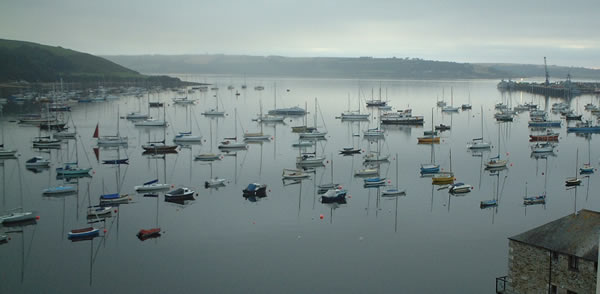At a meeting of the Cornish Language Partnership last month, a new standard written form (SWF) of Cornish was ratified after much discussion, according to a report on maga.
A specification of the SWF, which is also available on that site, states that:
“The SWF is not meant to replace other spelling systems, but rather to provide public bodies and the educational system with a universally acceptable, inclusive, and neutral orthography. As such, it incorporates features drawn from a number of different Cornish orthographies, including Unified Cornish, Kernewek Kemmyn, Modern Cornish, Unified Cornish Revised, Kernowak Standard, and Kernewek Dasunys.”
The SWF is designed so that speakers of all forms of Revived Cornish will be able to learn it quicly and easily, and so that even those without any formal instruction in it will find it fairly easy to read.
Here’s an example of Cornish in the SWF:
Lyther Wella Bodinar
Bloodh vy ew trei ugens ha pymp. Th ero’vy den bohojek an puskes. My rug dyski Kernowek y’n termyn my veu maw. My veu dhe mor gen sira vy ha pymp den moy y’n kok. My rug skant lowr klowes udn ger Sowsnek kowsys y’n kok rag seythen warbar’. Na rug evy byskath gweles lyver Kernowek. My [rug] dyski Kernowek o’ mos dhe mor gen tus koth. Nag eus moy ’vel pajar po pymp y’n drev nei ’ell klappya Kernowek lebmyn, pobel koth pajar ugens bloodh. Kernowek ew oll nakevys gen pobel younk.
The same text in Kernewek Kemmyn:
[Ow] bloedh vy [yw] tri ugens ha pymp. Yth ezov vy den boghozek an puskez. My a wrug dyski Kernewek [y’n] termyn [ha] my a veu maw. My a veu dhe’n mor gans [ow] sira vy ha pymp den moy y’n kog. My a wrug skantlowr klywez unn ger Sowsnek y’n kog rag seythun warbarth. Ny wruga vy bythkweyth gwelez lyver Kernewek. My a wrug dyski Kernewek ow moz dhe’n mor gans tuz koth. Nynz eus moy ez pezwar po pymp y’n trev ni a yll klappye Kernewek lemmyn, pobel goth pezwar ugens bloedh. Kernewek yw oll ankevyz gans pobel yowynk.
Translation
I’m sixty-five years old. I’m a poor fisherman. I learnt Cornish when I was a boy. I was at sea with my father and five more men in a fishing boat. I hardly heard a single word of English in the boat for a week at a time. I’ve never seen a Cornish book. I learnt Cornish going to sea with the old fellows. There’s no more than four or five in our village who can talk Cornish now, old folk eighty years old. Cornish had been entirely forgotten by the young.
Source: http://corpus.kernewek.cymru247.net/wb.txt
This is the text of a letter written by William Bodinar in 1776.
